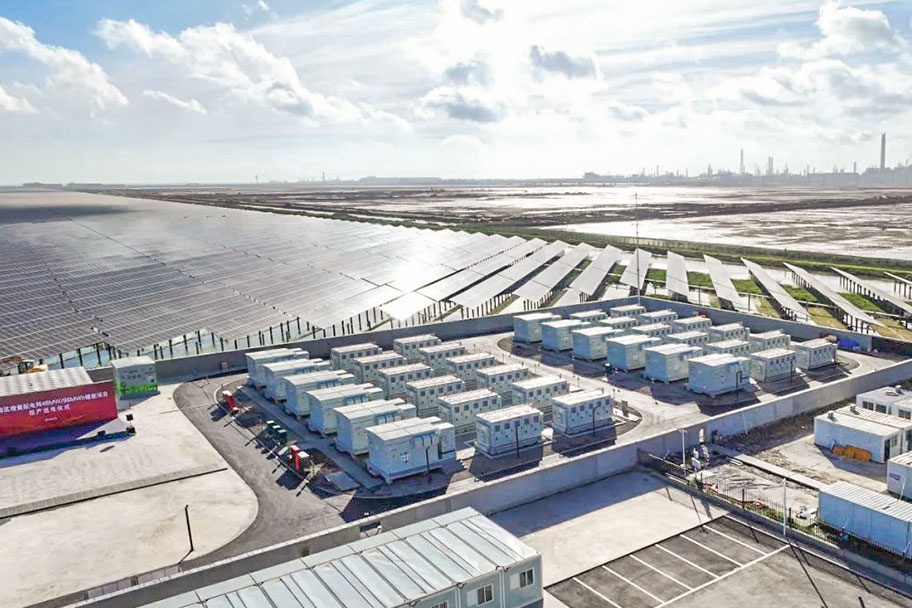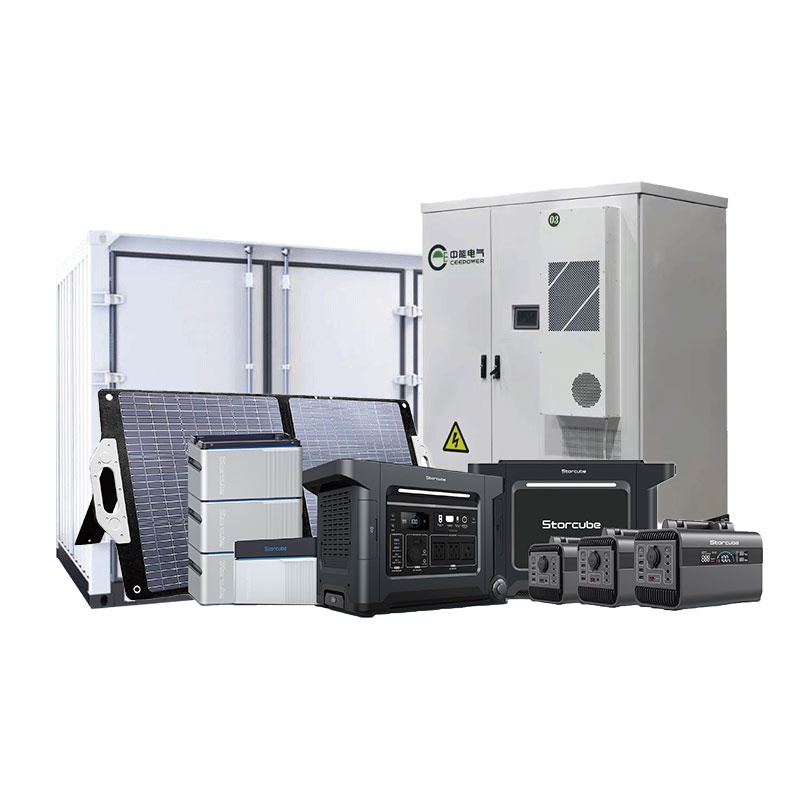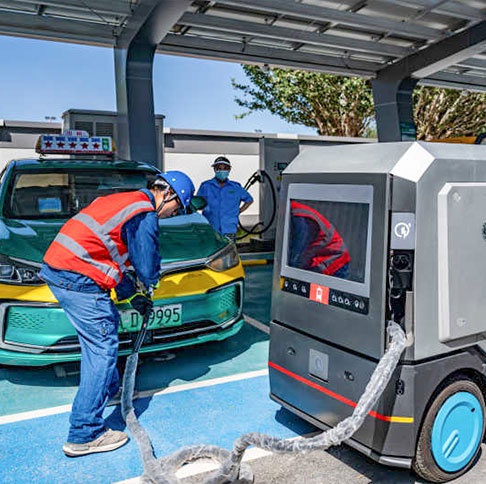What is BIPV?
Traditionally, solar is mounted on a building’s roof, referred to as building-applied PV. But more architects are learning how to also incorporate solar cells and modules into things like curtain walls, roof tiles and railings known as building integrated photovoltaics (BIPV).
A BIPV system consists of solar cells or modules that are integrated in building elements or material as part of the building structure. This way, they replace a conventional building element, rather than attaching to one. BIPV modules not only generate electricity, they can also provide added functionality to the building. For example, they can provide sun protection, thermal insulation, noise protection or safety.
Where can BIPV be installed?
BIPV provides several benefits when compared to traditional solar panels. First, there are more available surfaces for integrating the solar cells or modules — BIPV is not limited to roof integration. Solar modules can also be integrated into the building’s facade, skylights, railings and more. BIPV also adds to the aesthetics of the building. For example, the materials used for BIPV allow architects to play around with transparency and color. When integrated in ventilated facades, semi-transparent skylights or windows, BIPV can help keep the building cool.
What are the costs associated with BIPV?
In general, BIPV is more expensive than traditional PV systems used for solar power plants. There is some logic to this since the BIPV system has more functions than only delivering electrical power. However, because BIPV serves multiple functions in a building besides producing power, it may save material and installation cost.
What technologies are involved with BIPV?
The main solar cell technologies for BIPV are crystalline silicon solar cells, thin-film silicon solar cells and other thin-film technologies like organic solar cells (OPV) and dye sensitized solar cells (DSC). Crystalline silicon solar is the most mature technology, though thin-film technologies are grabbing a lot of attention because of their flexible character, ease of integration and better response to indirect light.
Organic solar cells are a relatively new technology that is still in the development phase. However, advantages of OPV can be that it’s a light-weight semi-transparent material, it can be coated inexpensively onto curved surfaces and onto glass, and it can be made in various colors or just color neutral. It also has a superior sensitivity to low light intensities, making the technology fit for maritime climates. Also, the technology is less dependent on the incident sunlight angle, which makes it ideal for aspects such as facade integration.
What is the outlook for the BIPV market?
BIPV is still a niche market, but architects are starting to use BIPV elements more frequently in the design of new public and office buildings. New net-zero energy buildings will help drive BIPV demand.





























































